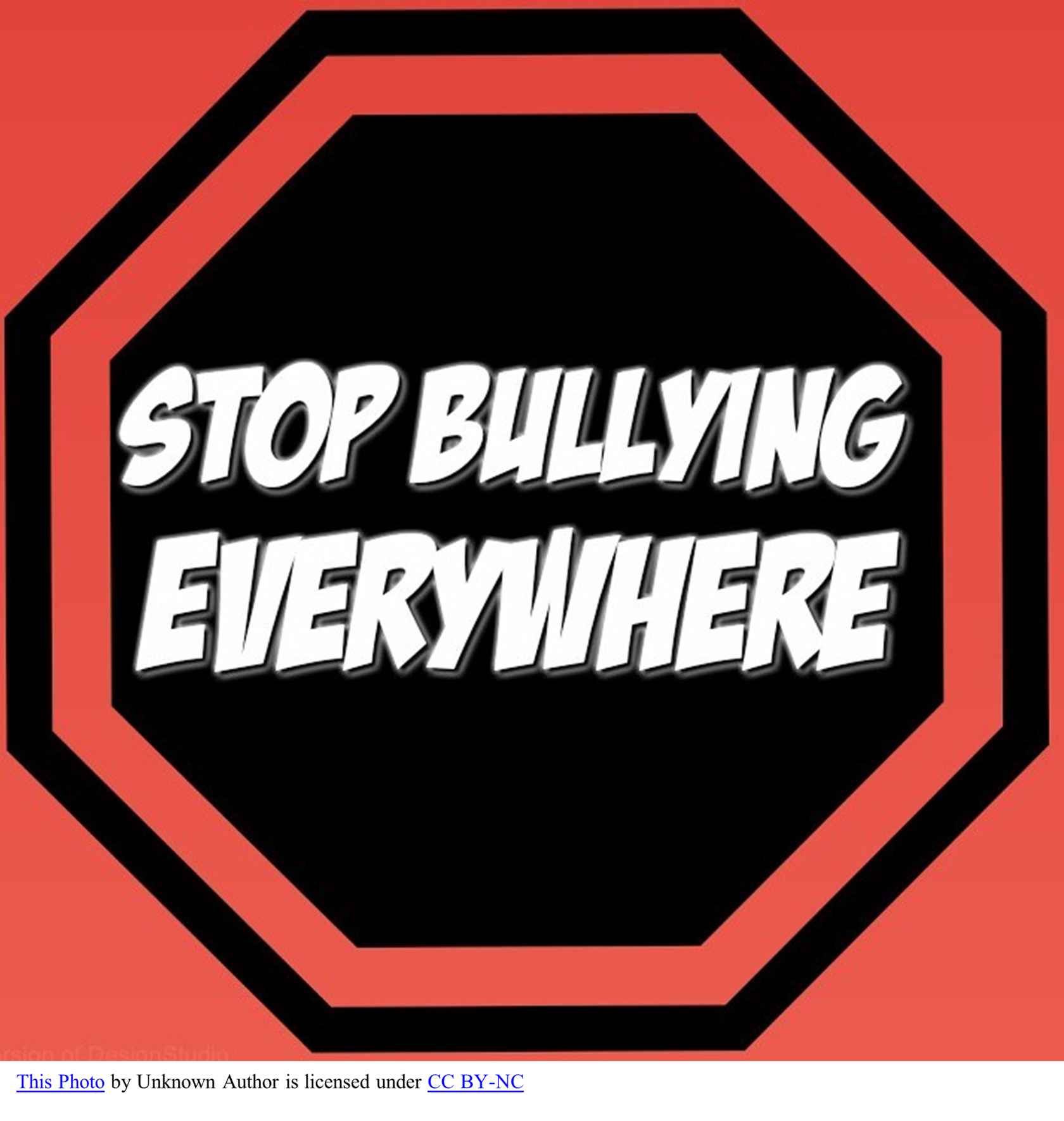There has been a lot of media coverage and news stories about bullying on the playground and in the schools. Children and young people are committing suicide and suffering as a direct result of harassment in the school settings. But bullying is not only happening to kids, it is also happening in our workplaces.
Bullying is not just a K through 12 grade issue. Bullying is also happening in our workplaces on a regular and frequent basis. The effect that workplace aggression has on targets is just as serious as bullying in schools, yet it is frequently brushed under the carpet and not acknowledged in the workplace at all. In fact, if you are an adult, we assume that you should be able to manage what is happening to you at work and targets are often not believed.
All types of bullying, it seems, are not taken seriously until someone gets hurt. This reactive attitude needs to stop, and we need to a more proactive approach to all types of bullying.
A proactive approach to workplace bullying includes acknowledging that your organization has problems including workplace bullying. This is the first step. Not all forms of workplace bullying are the same and organizations need to take time to assess exactly what is going on. This includes hearing what the aggressor is doing from the perspectives of the target, bystanders, and even the aggressor. It is important not to overlook the importance of bystanders because they are often key players in recognizing what is really going on in the workplace.
Once an organization understands the complexity of their bully culture, they can begin to start the healing process. One way of doing this is to develop a solid and clear policy against workplace aggression including a definition and consequences. This policy should clearly outline what the workplace identifies as persistent workplace aggression. A one-size fit all policy is unlikely to be effective. Therefore, each workplace needs to gather information about the type of workplace aggression that is happening and tailor their policy to meet the areas of concern. For example, cyber aggression for one workplace may include misuse of emails and in another workplace, it may include misuse of social networks. Every policy should clearly outline the consequences of workplace bullying and protection from retaliation and whistle blowing. the policy. For this to be truly effective, an organization must have leaders who are able to follow the policy and hold the workplace bully accountable.

